Why The Race For Sustainable Energy Is So Critical Today

Today’s economies, societies and human civilisation as we know it run on fossil fuel. The dependence on coal, oil and gas has given rise to an extraordinary and critical moment for the future of all who call Earth their home.
Many signs have pointed to human activities as a key contributor to a warming climate – more frequent and powerful storms, melting glaciers, receding permafrost, longer and harsher droughts, and an increased sense of anxiety across societies as hunger and thirst drive unrest and migration as a result of the chronic burning of fossil fuels, deforestation and emission of greenhouse gases by industry, just to name a few.
As noted by the global community, the need to bring about radical transformation in energy production and consumption is now more urgent than ever.
The Great Bake Off
While there are natural contributors behind Earth’s warming, there is also strong evidence suggesting mankind’s culpability. Since the Industrial Revolution began, mean temperatures have been rising, as seen in readings across the globe.
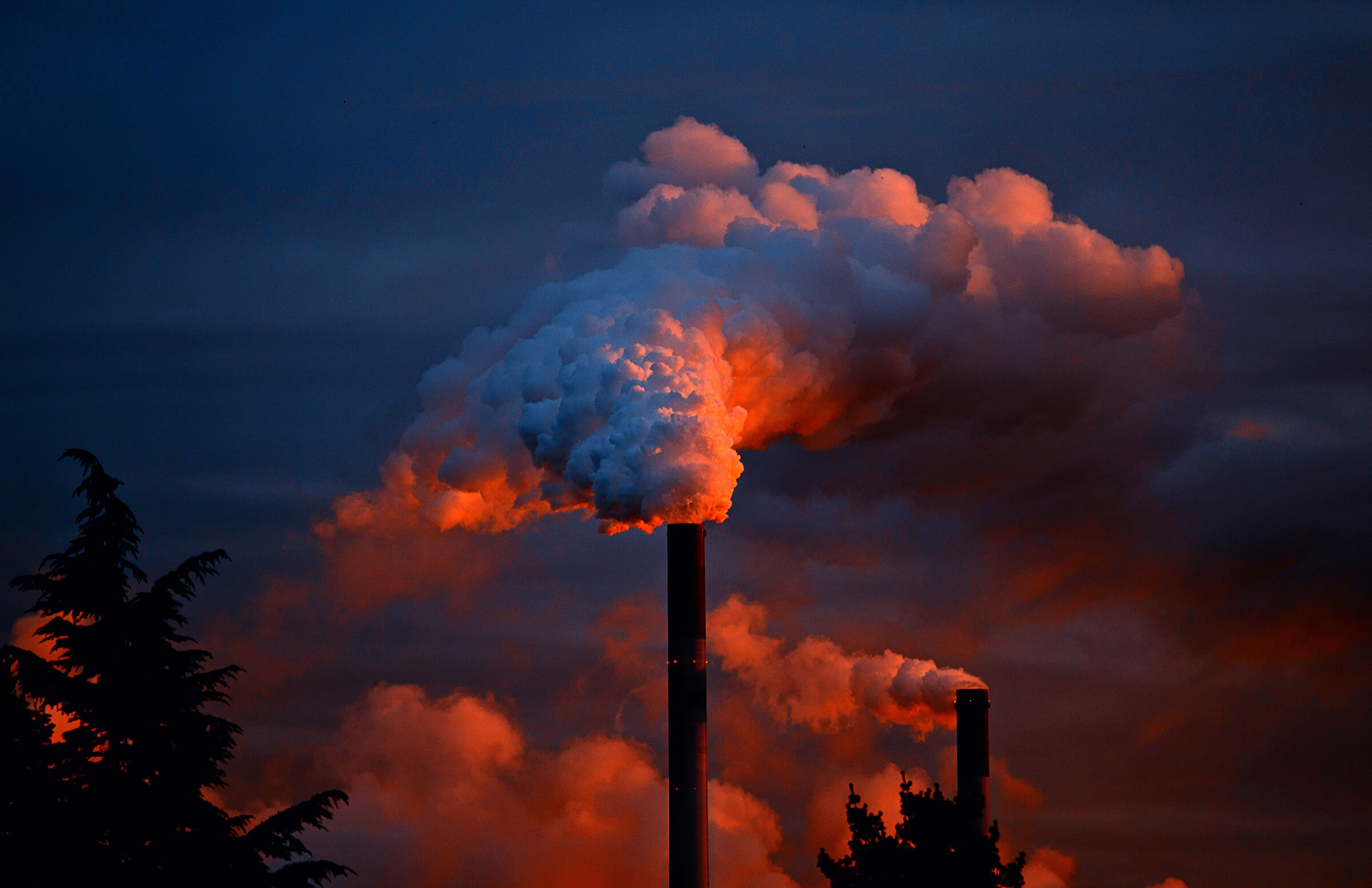
Ongoing temperature analysis conducted by NASA’s Goddard Institute for Space Studies (GISS) indicates that the mean global temperature on Earth has increased by about 0.8°C since the late 1800s, of which the majority of Earth’s warming happened post-1975 at a rate of 0.15-0.20°C per decade.
A 1°C change in average global temperature carries a different significance than when you turn up your AC by 1°C. A single degree change is significant because it takes an enormous amount of heat to warm the whole planet with its oceans, atmosphere and land. A 5°C drop is enough to plunge us all into Ice Age.
Global warming presents a whole host of serious effects, among which include:
- Glacier retreats and melting ice sheets at the poles threaten natural habitats and cause sea levels to rise, endangering coastal societies and low-lying landmasses
- Fiercer and more frequent extreme weather like floods, droughts, heatwaves, cyclones and storms make expose societies and ecology to greater vulnerability
- Warming oceans do not trap CO2 well, becoming less effective as a heat sink; also leads to acidification of the oceans, threatening marine life such as corals.
- Droughts and floods threaten crops and livestock, endangering food supply
- Drives human migration and can create cause for social and political unrest
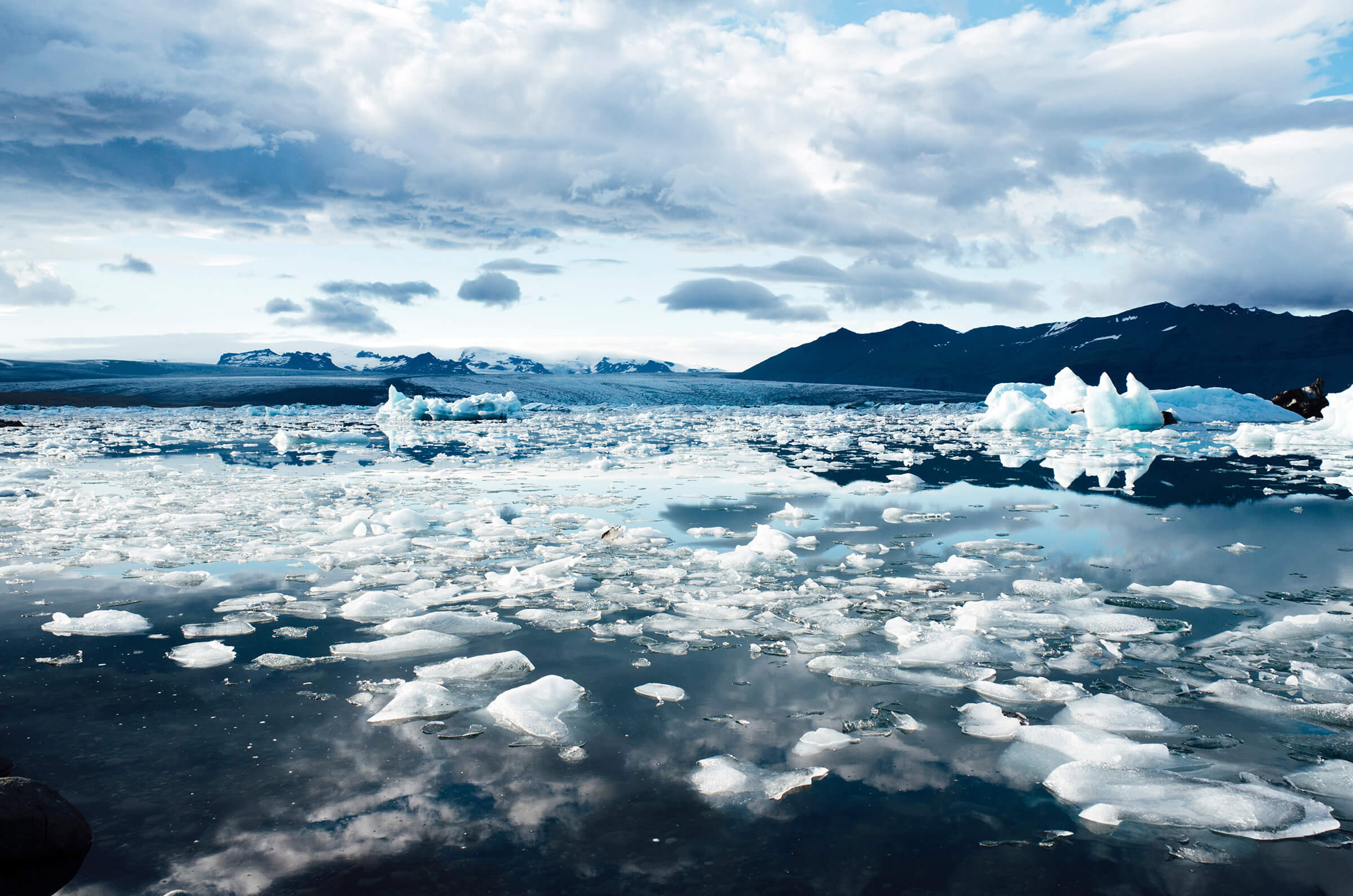
Time Is Running Short
According to a report by the Intergovernmental Panel on Climate Change (IPCC), global temperatures could reach an irreversible tipping point in just 11 years if the global community fails to significantly reduce the amount of CO2 in the atmosphere and curb its release.
The researchers found that human-caused CO2 emissions need to reduce by half of 2010 levels before 2030 to avoid the worst and permanent effects of climate change. Quick, far-reaching and radical changes in every part of society will be needed to achieve that goal.
However, despite the growing consensus, the deployment of sustainable energy technologies and infrastructure has been slow and frustrated. In many cases, they are impeded by conflicts of national, economic and social interests around renewable energy installations such as wind turbines and solar farms. An example of how even differing views and priorities on environment protection can frustrate clean energy deployment is the upstream challenges faced by hydroelectric dam constructions, in which protecting wildlife and promoting clean energy can be at logger.
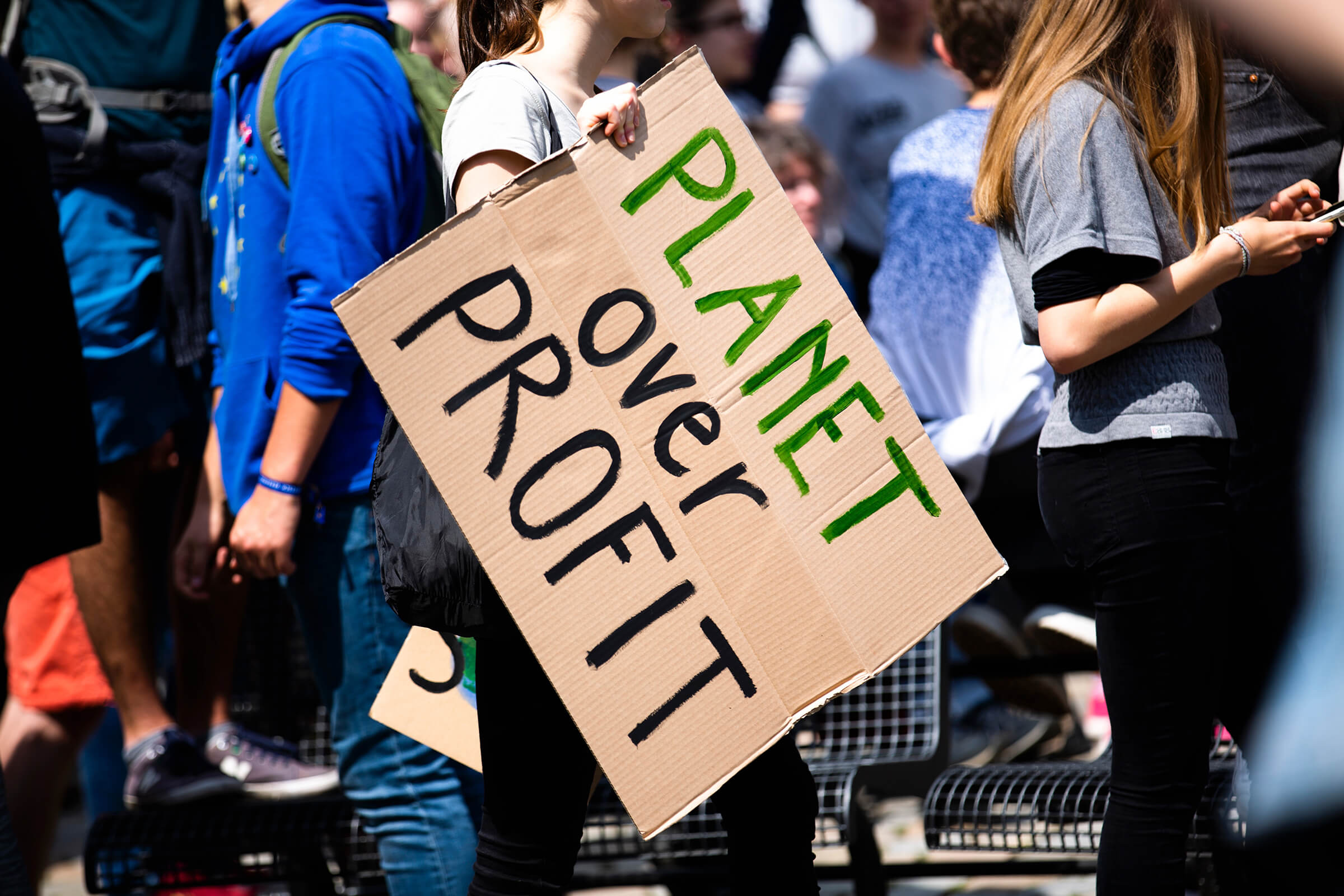
Singapore Does Its Part
In Singapore, we face uphill challenges in deploying renewable energy technologies no thanks to our small landmass, lack of fast-moving bodies of water and generally gentle winds.
Despite that, Singapore manages to make its mark in transforming our energy sector to be cleaner, environmentally conscious and more self-reliant, as well as transforming its citizens’ mindset to support sustainability and use energy wisely.
As described in our previous article, Singapore has deployed various sustainable energy solutions to chip in into the fight against climate change. With solar panels installed around the island such as on HDB rooftops and lamp posts, and a floating solar farm in the works, Singapore sees a bright future ahead in solar energy.
Doing our part, our parent company YTL PowerSeraya has already jumped onto the solar bandwagon with solar photovoltaic panels installed at our Jurong Island plant. In addition, we at Geneco provide our customers the ability to offset their carbon footprint and achieve net-zero greenhouse contribution.
The liberalisation of the energy market in Singapore has also motivated energy companies to research innovative ways to supply and retail energy to maximise profits and align with Singaporean’s gradual mindset shift towards sustainability. At Geneco, our plans are examples of how we are partnering our customers to be clean and green:
- Get Sunny plan allows users to consume 100% clean energy
- Get It Green plan offsets users’ carbon footprints as a result of their energy usage with carbon credits that help fund eco-projects
Moving Towards The Right Direction
It is evident that as more people become aware of climate change, demand for green alternatives increases and so do their tolerance for the inconveniences that come from a still-maturing industry. We see how public pressure has motivated fast-food chains to ditch plastics, retailers to use recycled materials, political parties to campaign on green issues and governments to adopt environmental policies.
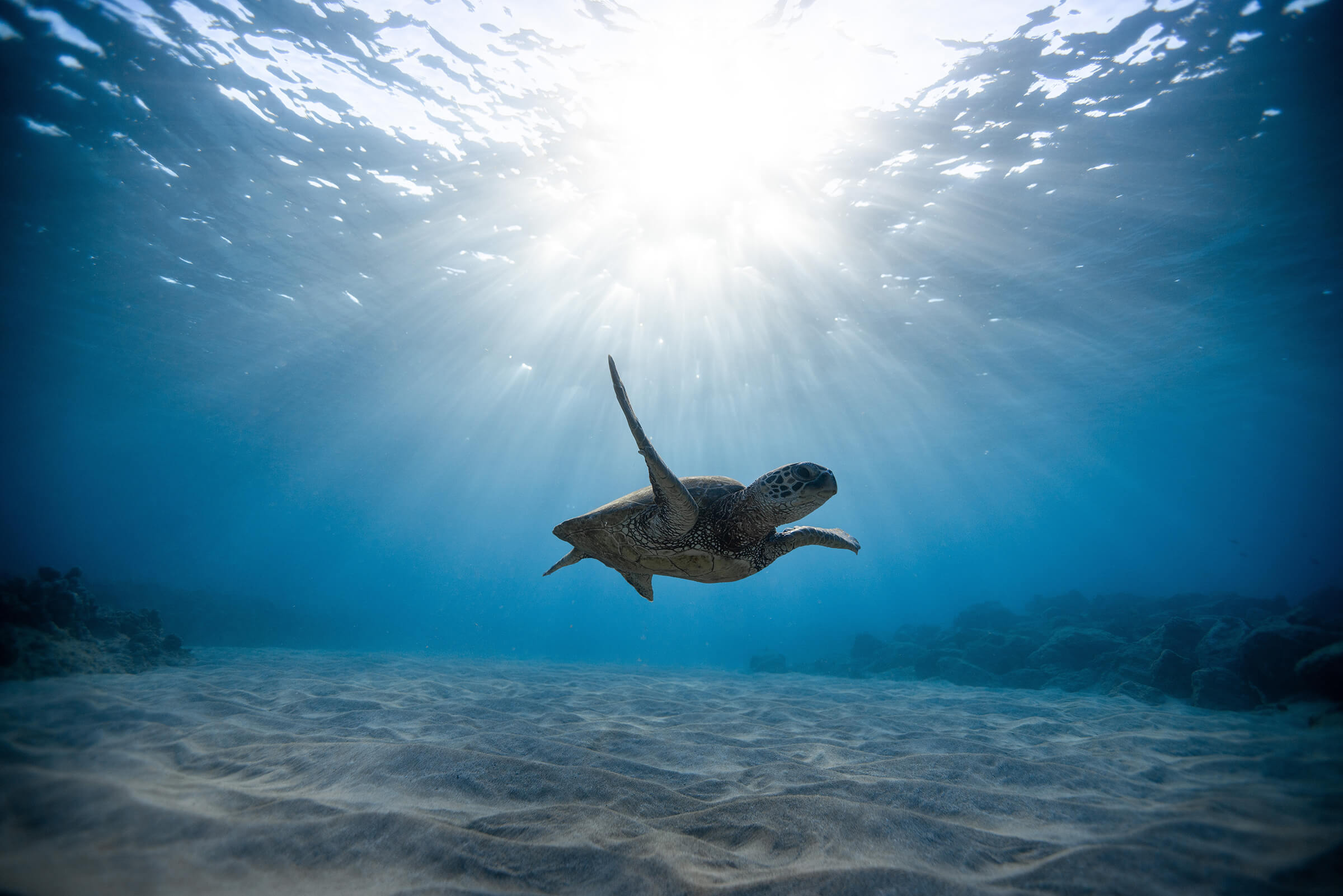
The race for sustainable energy is for everyone. As more people are coming to terms with the fact that their ways of life fall short in investing wisely for the future of the planet, the sense of urgency to find solutions to address climate change grows. This then creates new demands, new opportunities in the market, and new hope for the future of our climate.
References:
- Elangovan, N. (2020, June 5) Singapore households generated additional 1,334 tonnes of plastic waste during circuit breaker: Study, Today Online.
https://www.todayonline.com/singapore/singapore-households-generated-additional-1334-tonnes-plastic-waste-during-circuit-breaker
Image Credits: Nylon Coffee Roasters
Source: The Sustainability Project
Beat The Heat And Do It Cheap

2019 is on track to become one of the hottest years for Singapore and it was predicted to be so as early as March. Not only is the island baking, Earth is experiencing heatwaves sweeping across the planet too.
Singapore’s climate all year round can be so warm that we may just forget there are four seasons in a year. All we get is summer on this sunny island and while people in colder countries fly south for the winter, Singaporeans fly north to cool off. However, flying to a country with cooler climates is no cheap affair, and there is only so many vacation days you and your family can take.
We have compiled a list of wallet-friendly, fun-filled and relationship-building things you can do to keep yourselves cool without burning through your bank account:
1. All hail Netflix

Someone please nominate Reed Hastings and Marc Randolph for a Nobel Prize already, for bestowing upon mankind the power to watch (and binge-watch) our favourite shows and movie titles all in the comforts of our crib. Bonus points to you if you have got a high definition TV and surround sound to turn your home into a theatre.
A starter kit to some of the popular shows and genres:
- Educational documentary: Chasing Coral
- Childhood favourites relived: The Magic School Bus Rides Again
- Mind-blowing science fiction: Black Mirror
- Sci-fi with a little scare: Stranger Things
- Political thriller: Designated Survivor
Pssst…..An average 42″ high-definition TV uses around 80 Watts of electricity per hour, which translates into just 1 cent on our Get It Fixed 24 plan!
2. Board games to keep boredom at bay

If there is any credit to the heat, it is that it incentivises people to stay home. So, please do not let it go to waste by not seizing the opportunity to have your loved ones come around and enjoy some competitive fun!
If you have lost touch with your younger days where your clique would book a table at The Minds Café or Settlers Café, here are some board and card games ideas fun for all in the family:
- Nothing gives you constant mood swings (the fun kind) between adrenaline rush and the relief quite like Jenga. Pit your concentration skills and dexterity against one another and celebrate your opponent’s downfall.
- An all-time classic, Uno is the ultimate card game for endless fun fuelled by vengeance. In some kind of twisted way, you and your family members can build bonds by ‘sabo-ing’ each other with Draw-Two and Draw-Four cards and form temporary alliances against each other before ending them in betrayal.
- The Singaporean Dream is the perfect conversation starter and excuse of a game to ask awkward questions about one’s ambition. With character cards that depict stereotypical caricatures of different occupations assigned to players, each player must overcome other players’ political games and amass ‘dreams’ to win the game. Great way to motivate your kids to think about their dreams and talk about them!
3. Cook and bake together

Nothing unites Singaporeans more than our love for food and nothing tastes as good as home-cooked food. When everyone has a hand in preparing tonight’s dinner (literally), it gets even better.
Cooking together as a family is one of the ways family members build working relationships with one another. Go shopping for groceries together, discover and educate ingredients together, delegate roles in the kitchen and enjoy the fruits of everyone’s labour together.
Tip: It’s now possible to eat healthy and be kind to the environment, by buying organic, homegrown herbs and vegetables grown right here on the rooftops of Singapore’s high-rises. Watch our Changemakers video on ComCrop, and learn about how they are doing the planet a whole lot of good, the fresh, tasty way.
4. Spin the globe, virtually

Ok, so physically leaving the country may not be possible at this juncture, but you can still discover the world in your own home thanks to the Google Earth’s camera men.
‘Visit’ your favourite destination at a click of the finger and take ‘snapshots’ of the sights and scenery. Discover new places and things in the countries that are not on your immediate to-go list but are still worth checking out.
Just a bonus for you to kickstart your curiosity, type in 35.70407437075822, 139.5577317304603 in the Google Earth search bar and select street view.
5. Nurture the inner Picasso

While the heat is not painting a very good picture for the climate, you and your loved ones can paint masterpieces together! Revisit old favourites like Art Attack or learn a trick or two from Bob Ross on how to create artistic pieces. Let the kids explore every inch of their creative brains and unleash the Da Vinci in them.
Just a word of advice: if your kids are using paint brushes for the first time, go for watercolour – they are easier to clean in case of unbridled artistic mayhem.
Keep Cool With Our Cool Plans
While you and your family hole up at home with the AC on, your smart TV playing your favourite shows and the kitchen at full capacity for a dinner feast, we’ve got your electricity bill covered with some of the most competitive plans.
Staying home and staying cool has never been this fun and fruitful. Whether you are looking for the best plan to suit your energy needs or enjoy your home’s comforts without contributing to climate change, we are here to #powerthechange.
References:
- Elangovan, N. (2020, June 5) Singapore households generated additional 1,334 tonnes of plastic waste during circuit breaker: Study, Today Online.
https://www.todayonline.com/singapore/singapore-households-generated-additional-1334-tonnes-plastic-waste-during-circuit-breaker
Image Credits: Nylon Coffee Roasters
Source: The Sustainability Project
SG National Day Series: Sustainable Energy For A Secure Future In Singapore
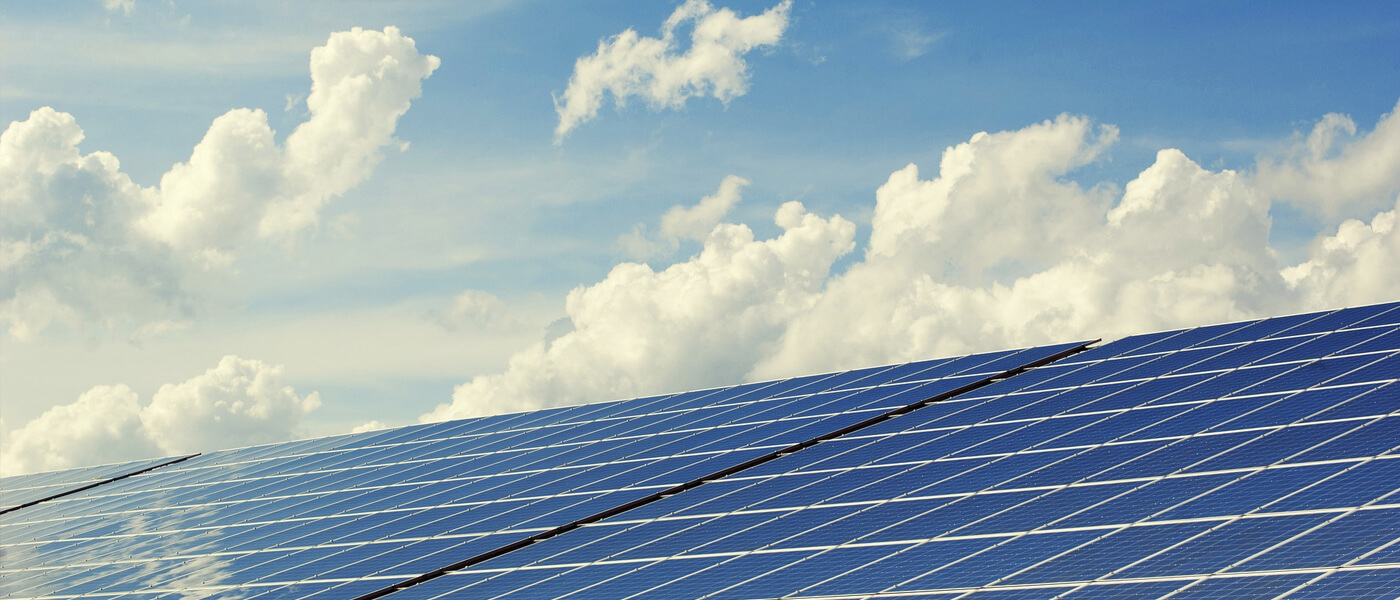
Every Singaporean knows that this little island of a little more than 720km2 has no natural resource on its own and relies almost entirely on imported energy like coal, oil, petroleum and natural gas.
Since the world outside of our borders is fraught with challenges that can dim our energy-driven future, Singapore must increasingly turn to clean and sustainable energy as part of our strategy to safeguard our prosperity.
These questions are therefore crucial:
- What happens when finite resources run out?
- How do we keep energy costs low in times of expensive oil and gas prices?
- Relying on sea lanes, what if our imports cannot get to us?
- What if our sources are not able or willing to export energy to us?
Becoming short-sighted, complacent in our energy generation and unprepared for future challenges and changes can make us vulnerable to forces that threaten our economy, social fabric, security and individual livelihoods.
Solar Energy A Bright Idea
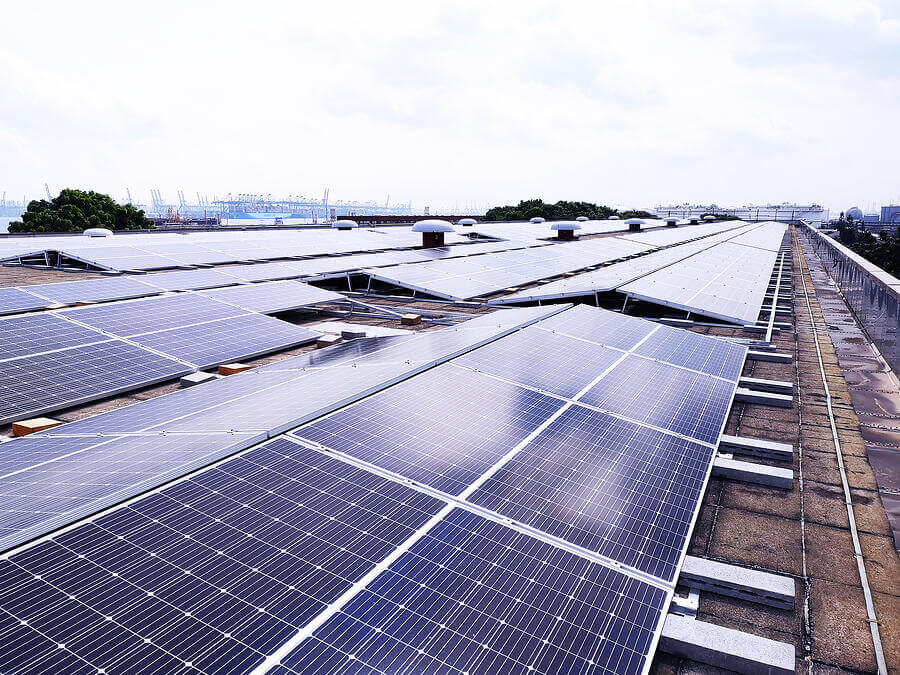
Singapore is quite an energy-thirsty city. According to statistics by the Energy Market Authority, we consume 49,643.7 GWh of electricity in 2018. In the same year, only 0.8% of all electricity generated came from solar energy.
A study by the Sustainable Energy Association of Singapore (SEAS) states that as much as 25% of Singapore’s energy needs can be met by solar energy by 2025. However, to achieve this, solar energy generation would have to grow twofold biannually, from generating 140 megawatt-peak today to 2 gigawatt-peak in 2025.
Such growth in solar energy adoption is only possible if Singapore is able to deploy solar energy technologies more innovatively and efficiently, overcoming the challenges presented by our limited landmass and solar intermittency (amount of sunlight that hit Singapore can vary over the day due to fluctuating solar output, clouds, haze, pollution etc.).
Despite the challenges of utilising solar energy, Singapore still sees a bright future with photovoltaics, taking advantage of our tropical climate, position near the equator and technological advancements in solar photovoltaic engineering. In fact, the government will be launching floating solar panel systems within our reservoirs to capitalise on any viable and available surface where solar farms can be housed at.
Contributing to Singapore’s growing energy independence, our parent company YTL PowerSeraya has been tapping into solar energy with solar photovoltaic panels installed at our Jurong Island plant. To further enable our customers to do their bit for the climate and pledge their support for Singapore’s renewable energy initiatives, our Get Sunny energy plan provides 100% clean energy.
Wind Energy Generation Is No Breeze, But Promising
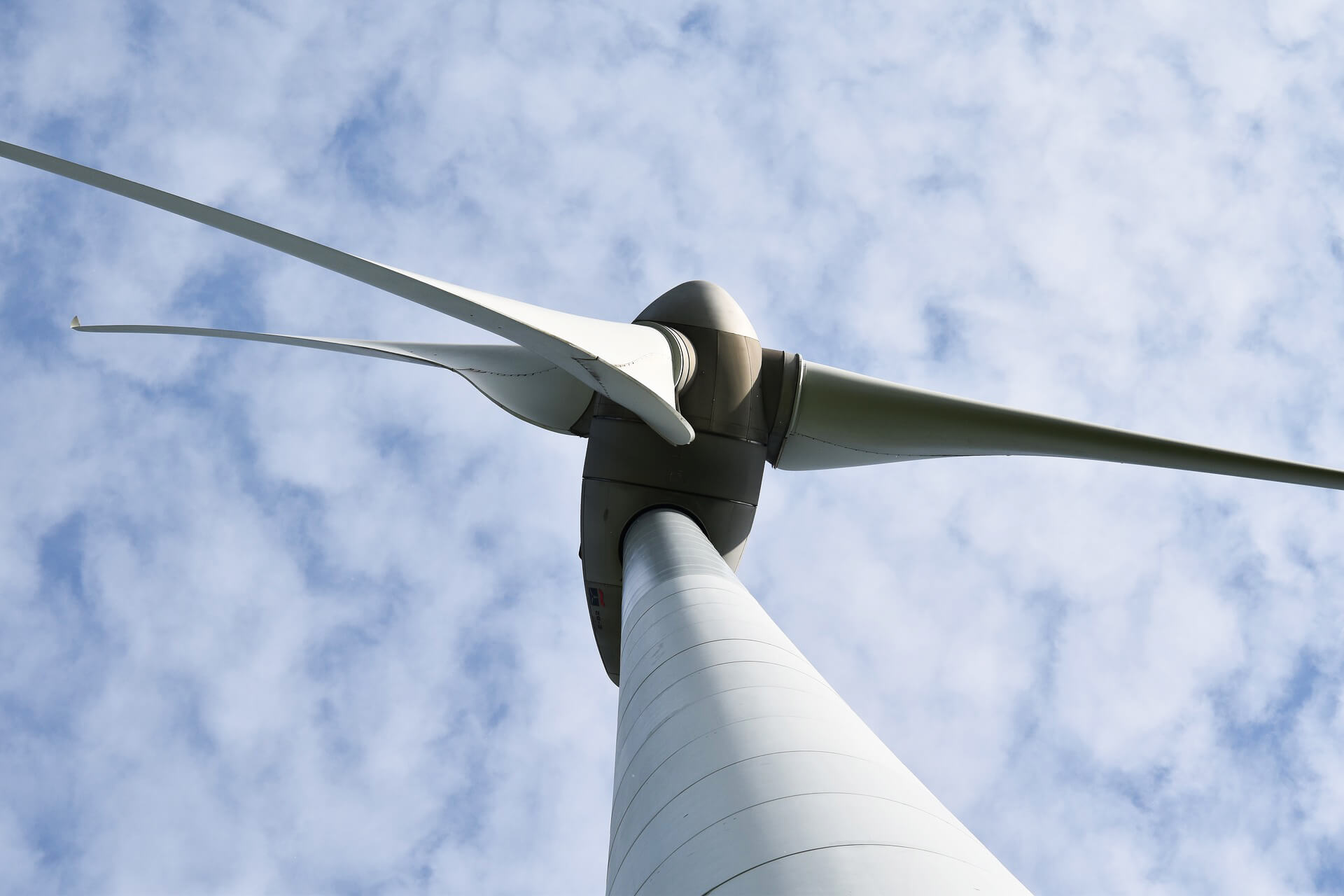
While all over the island experience abundant sunshine all year round, sufficient wind speeds and an army of wind turbines to make wind energy generation to help power the nation is still some ways away.
But it is not taking the wind out of the sail when it comes to testing its feasibility.
In 2017, a 14-storey high long-span wind turbine was erected over Semakau Landfill where it generates enough energy to power 45 four-room HDB flats a year. With its three 10.5 metre rotor blades, the turbine is sensitive enough to generate power with wind speeds as low as 3 metres per second.
Technology has yet to catch up in such ways that we will see a mass-adoption of wind energy generation to add to the national grid but the Semakau wind turbine keeps that possibility alive.
Putting The Smarts Into Smart Energy
Consistent with our Smart Nation initiative, energy companies here in Singapore are now deploying increasingly intelligent remote sensors, data analytics to predict demand and drawing closer to their customers through value-added applications in their bid to improve overall performance. These initiatives form part of Singapore’s investments in and harnessing of technology and innovations to meet energy demands and yet do so sustainably, for the present and the future.
The government has also set aside S$375 million for research, development and deployments in energy, with solar, energy storage, smart grids and environmentally friendly buildings as key focuses.
Beyond engineering science, Singapore is also leveraging on business science to encourage competition among energy companies so to spur innovation and efficiency.
Over the decades, competition in our liberalised energy generation sector has resulted in companies switching from fuel oil plants to the more efficient and cleaner natural gas plants (while gas is a finite resource, it is at the moment abundant in supply with more gas wells yet to be discovered). The liberalisation of the retail electricity market further energises the innovation and sustainability agenda as electricity retailers offer competitive price plans and green-packages to cater to consumers’ needs, preferences and stance on climate change.
Energy Security In A Changing World
Our growing thirst for energy will determine how our energy landscape transforms and how it transforms will translate to how we progress as a nation.
We have already witnessed how the global energy landscape experienced significant changes in the past decade, driven by advances in technology, geopolitical shifts and a worldwide paradigm shift in sustainability. In the same way how fuel oil plants made coal plants obsolete, improvements in fracking technology have heralded a golden age for natural gas over petroleum and renewable energy with its planet-hugging image is rapidly taking over the world.
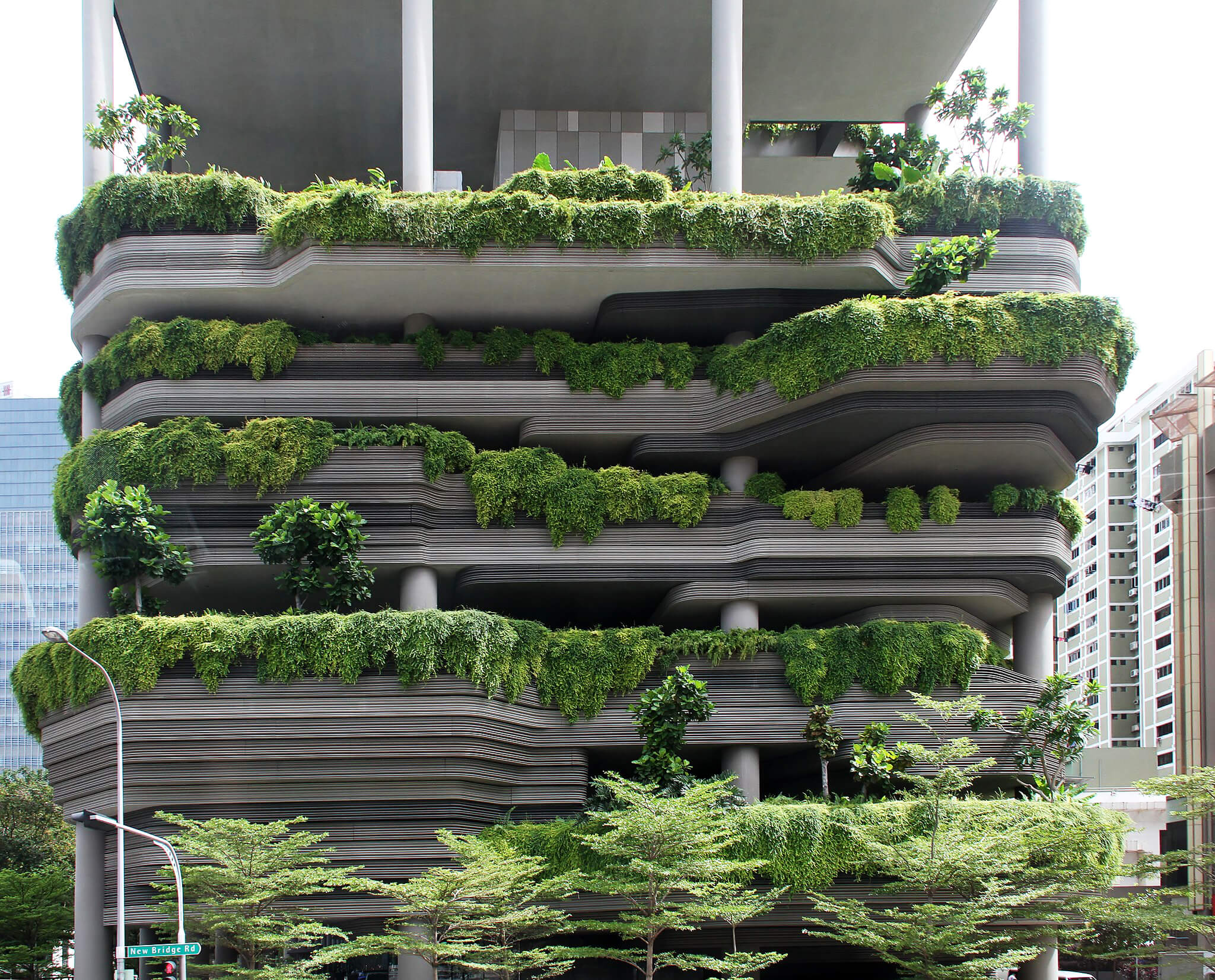
These changes can present challenges as well as opportunities. To ensure Singapore’s energy future stay secure, we ought to actively turn shortcomings and threats into advantages and opportunities that work for us, albeit sometimes uniquely, in ways that are competitive, reliable and sustainable.
In ways similar to how we achieve water security by diversifying our sources, i.e. import, rainfall catchment, desalination and NEWater, turning our sights on renewable energy could just be the answer to achieving energy security.
Start your sustainable journey with Geneco’s Get Sunny plan today.
References:
- Elangovan, N. (2020, June 5) Singapore households generated additional 1,334 tonnes of plastic waste during circuit breaker: Study, Today Online.
https://www.todayonline.com/singapore/singapore-households-generated-additional-1334-tonnes-plastic-waste-during-circuit-breaker
Image Credits: Nylon Coffee Roasters
Source: The Sustainability Project
SG National Day Series: Resource Defence Could Be Our Seventh Pillar Of Defence
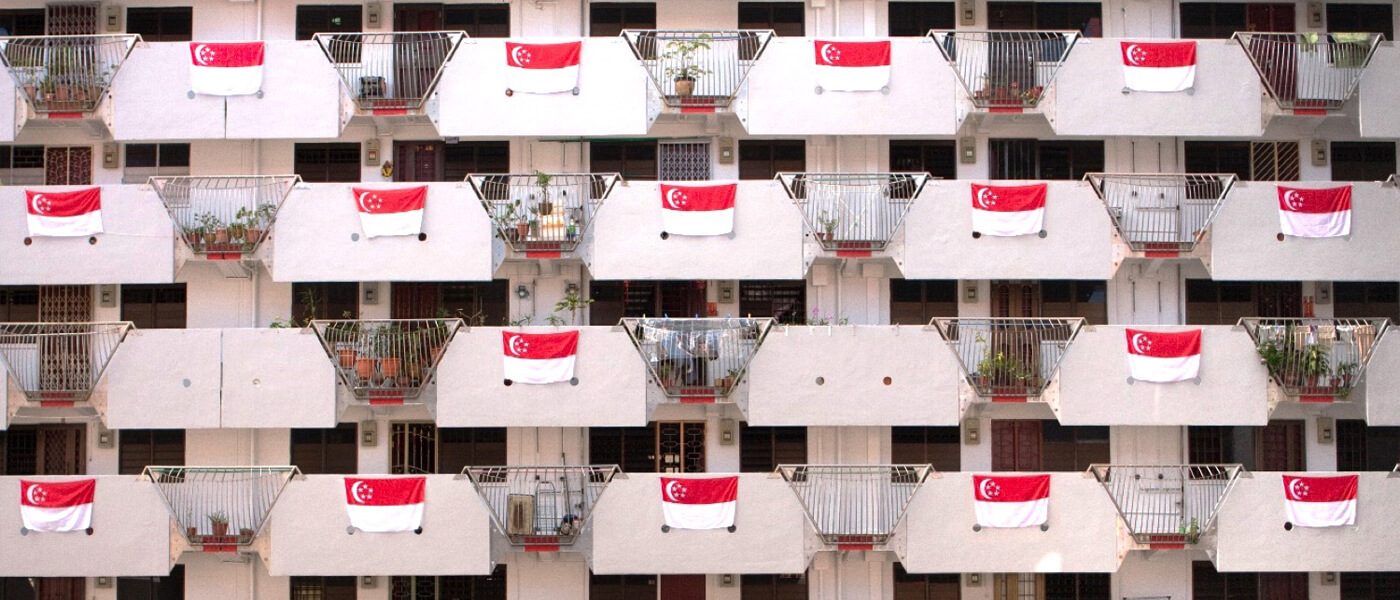
Any Singaporean should be well-informed on the island-state’s original 5 pillars of defence, with the sixth added recently by Defence Minister Dr Ng Eng Hen, that has essentially not only guaranteed our security as a nation but also our continued success.
As we take this National Day season to commemorate the Singapore Bicentennial, a look-back into our 700-year journey from a fishing village to the global city today, we ought to think about what we Singaporeans can do to ensure our prosperity can continue.
THE SIX PILLARS OF TOTAL DEFENCE
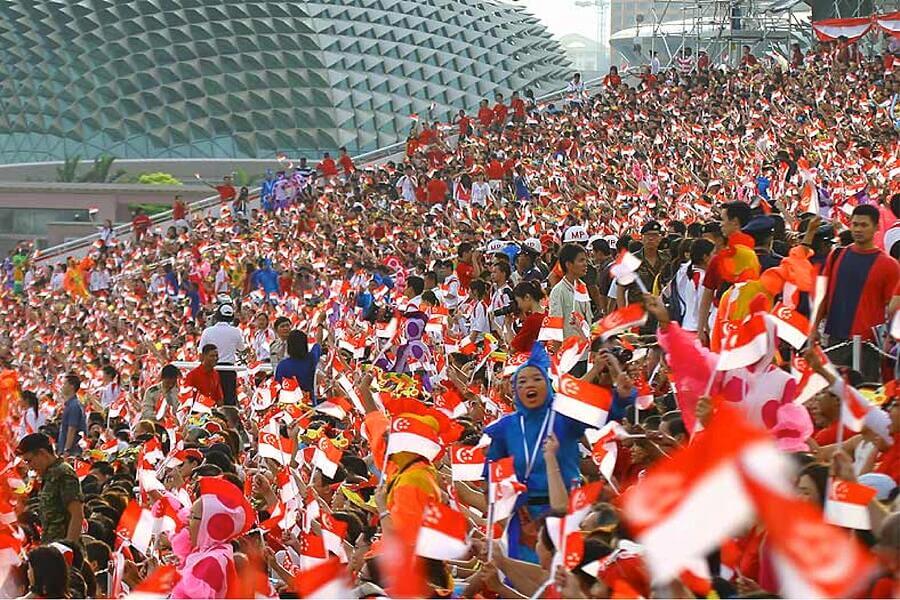
Celebrated yearly on 15 February, Total Defence traditionally comprises of Military Defence, Civil Defence, Economic Defence, Social Defence and Psychological Defence. The strategy is based on the understanding that hostile forces can attack us not just militarily, but also compromise our economic systems, social fabric and national morale. It also addresses the need to always be ready for mass casualty scenarios, whether man-made or natural. In 2019, a sixth pillar, Digital Defence, was added to address the new reality where future threats can and will come from the digital domain.
While we have robust assets in place to safeguard our sovereignty, what about the resources that power, quench and feed the country?
Defending Our Resources: Understanding Our Resources Are Not Finite
Anyone who has studied economics should know what scarcity means. It refers to the gap between limited resources such as food, water and certain energy sources and mankind’s limitless wants. Scarcity requires us to decide how to allocate available resources efficiently so to satisfy needs and as many wants as possible.
Sustaining any economy – and Singapore is an advanced one – requires large amounts of resources to upkeep the economic machinery and prepare for the future. Being feckless and squandering away precious resources can make Singapore vulnerable to an uncertain future and forces beyond our control.
Hence, resource defence will require us to adopt a responsible mindset to cherish the resources we have and not be wasteful.
Do Your Part For Resource Defence
Water
Water has always been one of the most, if not the most, important resource – and Singaporeans understand that.
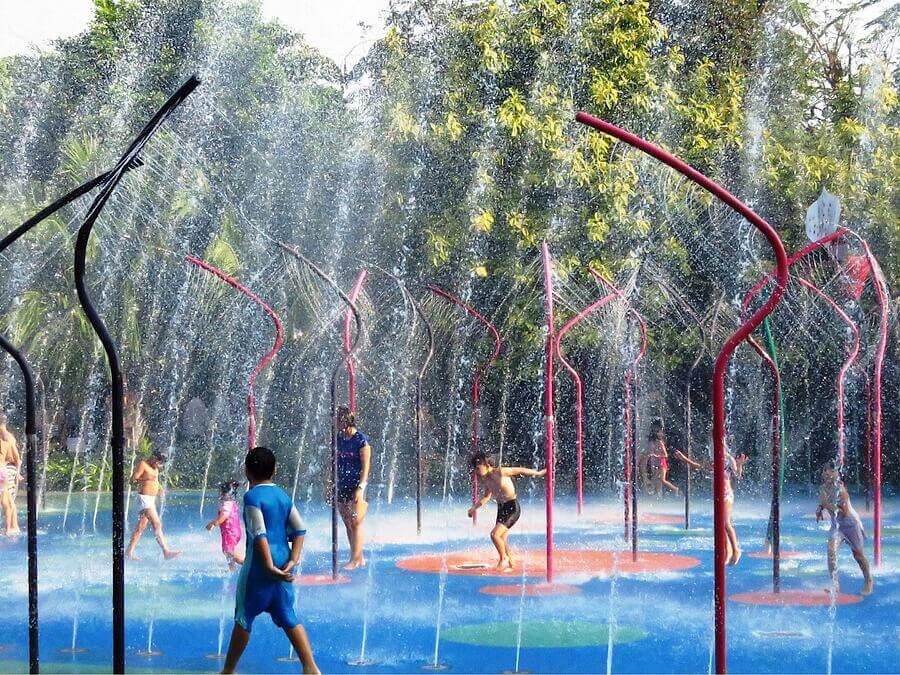
California’s water crisis, Flint’s water contamination and Manila’s water shortage are some reminders that we cannot rest on our laurels. Weather, environmental and geopolitical causes will continue to present themselves as possible threats to our water security. Therefore, Singapore places great emphasis on water security by securing favourable agreements with our neighbours to ensure supply, maximising rainfall catchment, developing new technologies to generate freshwater, regulations on water usage and public education.
To help Singaporeans understand the importance of saving water, the Public Utilities Board details how you can save every little drop and achieve sustainability.
How you can save water:
- Turning off the tap when not in use, even if it’s for a few seconds, goes a long way towards saving water and your bills. Imagine how much you can save over a year! Fixing a leaky tap can also save you what could be 60 litres a week.
- Keep your showers short and opt for an efficient showerhead to maximise your time in the bath.
- Only wash a full load of laundry!
- Get a dual-flush toilet where you can choose to use less water to do minor flushing.
Electricity
Necessary to power any country’s infrastructure – from streetlamps to transportation to homes, the resources and technology that generate electricity such as natural gas, oil, and renewable sources like water, wind and solar needs protection too. Besides, when we use electricity responsibly, we help to use our sources efficiently, keep the costs of generation low and reduce pollution and other environmentally harmful emissions.
Over the years, Singapore has been exploring adopting renewable energy technology to do its bit for the environment as well as tap into infinite ‘free’ energy like solar and wind. However, as they can incur high costs to develop and deploy, responsible consumption is still needed to keep renewable energy sustainable.
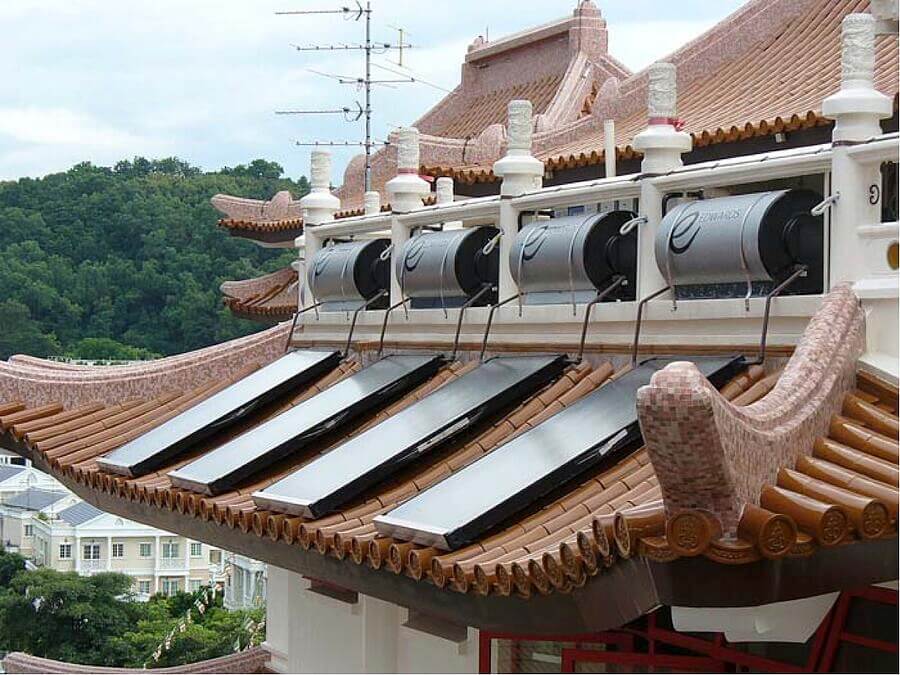
Saving electricity can be easy and less disruptive to your comfortable lifestyle. Read our article here on how you can adopt some of our Green Tips!
Food
Unlike countries with larger landmass, agriculture in Singapore cannot feed the population sufficiently and so we import most of our food. With climate change that threaten our food sources, rising food costs and the dependence on economic and social stability in countries from whom we import from, we need to adopt and maintain a responsible mindset for food as well.
Food waste has become a global crisis and Singapore’s food waste account for more than 20% of our annual total waste – and the number is growing. Not only does it strain the environment as we demand more from the land, but we also cause economic and social strain when food costs go up and people struggle to afford basic meals.
Eat what you need, shop smart, save what leftovers you can and repurpose discards into compost and you can not only keep your costs low but also do your bit for the environment!
Start your sustainable journey with Geneco’s Get it Green plan today.
References:
- Elangovan, N. (2020, June 5) Singapore households generated additional 1,334 tonnes of plastic waste during circuit breaker: Study, Today Online.
https://www.todayonline.com/singapore/singapore-households-generated-additional-1334-tonnes-plastic-waste-during-circuit-breaker
Image Credits: Nylon Coffee Roasters
Source: The Sustainability Project
SG National Day Series: Cleaning Up Our Energy History For A Greener Future
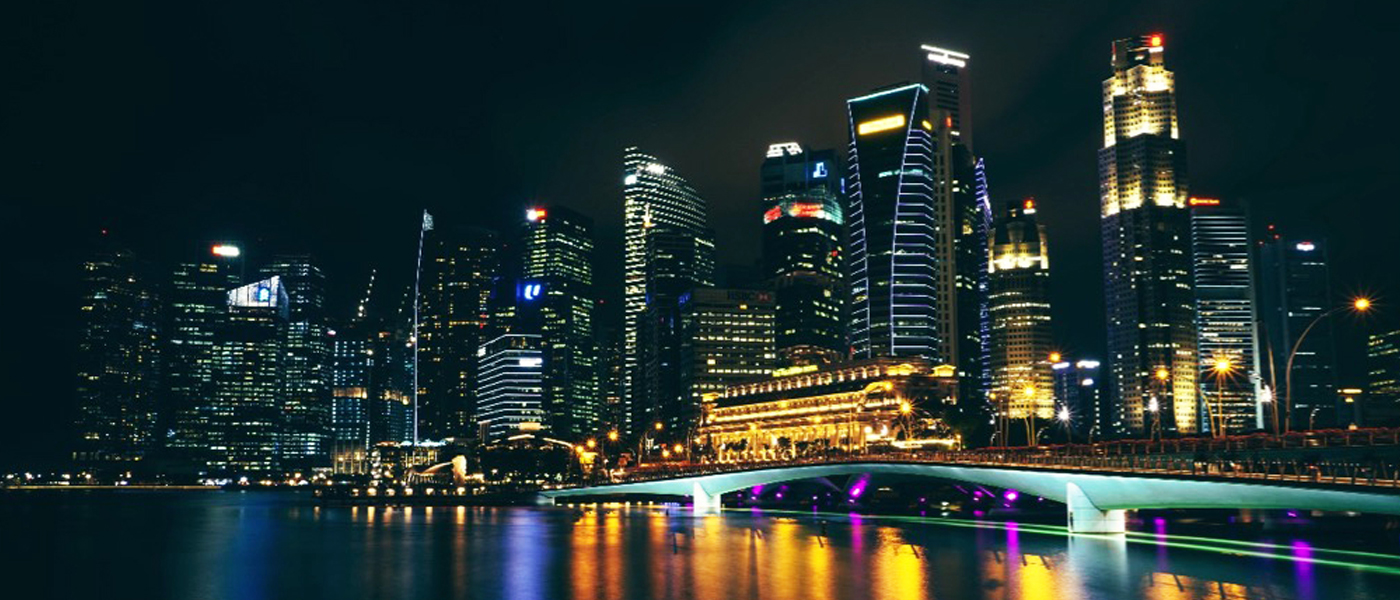
With all 5.6 million inhabitants celebrating the island’s 700-year transformation at the Singapore Bicentennial and the SG50 party still fresh in our memories, we think we ought to be proud of our energy evolution over the years since independence, the forward thinking that powers it, and how we are punching above our weight in the climate change fight.
From a time where St. James Power Station was the sole coal-fired power plant to the Pasir Panjang Power Station fuelling Singapore’s post-war industrialisation, and eventually to today’s 14 plants that power our advanced economy, the little red dot has come a long way in energy security and sustainability.
Our Solid Improvements For Cleaner Energy Generation
The history of our energy sector, while remarkable, was dark and “sooty”.
Not only were there frequent outages that plunged the island into darkness in what was said to be “Singapore’s greatest civic problem” in the pre-60s, coal-fired plants were inefficient, polluting and environmentally unsustainable. Although the more efficient oil-fired plants were subsequently added into the grid, pollution was still an issue.
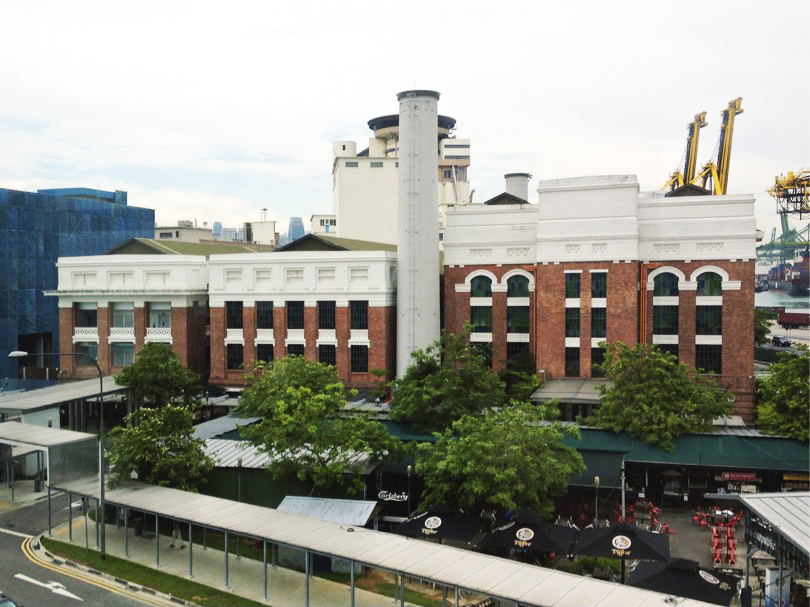
Before St James Power Station became a nightlife spot, it was Singapore’s only power plant from 1926 to 1952.
While the grid stabilised over the succeeding years, Singapore needed a cleaner and more efficient option.
In 1991, Singapore began adopting natural gas solutions to power a new phase of electricity generation, in what was then the beginning of a gradual weaning of the more-polluting coal and oil.
Natural gas outshone traditional coal and oil in many ways:
- It produces much less soot than other fossil fuels since its by-products are gaseous and it burns cleaner than coal (45% less CO2), gasoline and diesel (30% less CO2).
- It is abundant in supply and more sources are yet to be discovered. However, it is nonetheless not infinite.
- It is cheaper since natural gas boasts of superior energy efficiency, from its price to the technology involved in using it.
- Transportation is easier as it can be transported via ships, tankers and pipes. Its lighter weight meant transportation is easier and generate less carbon footprint. Liquefying natural gas meant vessels can transport up to 600 times more in volume than its gaseous state, boosting efficiency.
Today, Singapore’s power generation consists of a mix of sources, dominated by natural gas and followed by others such as cogeneration, desalination, oil, diesel and waste-to-energy.
Carbon-neutral Energy: The New Phase Of Singapore’s Energy Consumption
The liberalisation of our energy sector as part of Singapore’s evolution as a country not only brought cheaper options for the population, but it also made net-zero emission possible for the environmentally-conscious individual. Being a citizen of Singapore, the global city, meant that it is also our responsibility to care for the environment, the climate and the planet.
Contrary to popular belief, carbon-neutral energy (CNE) is not synonymous with green or renewable energy. As various generators in Singapore produce electricity to the grid, retailers like us cannot channel 100% renewable energy to homes and businesses.
However, as CNE involves purchasing carbon offset credits that fund anti-climate change efforts around the world, you can use electricity without contributing more carbon into the atmosphere. Instead, we can purchase carbon offset units that are equal to the amount of carbon emitted by the energy produced for consumption. Read more about what CNE is here.
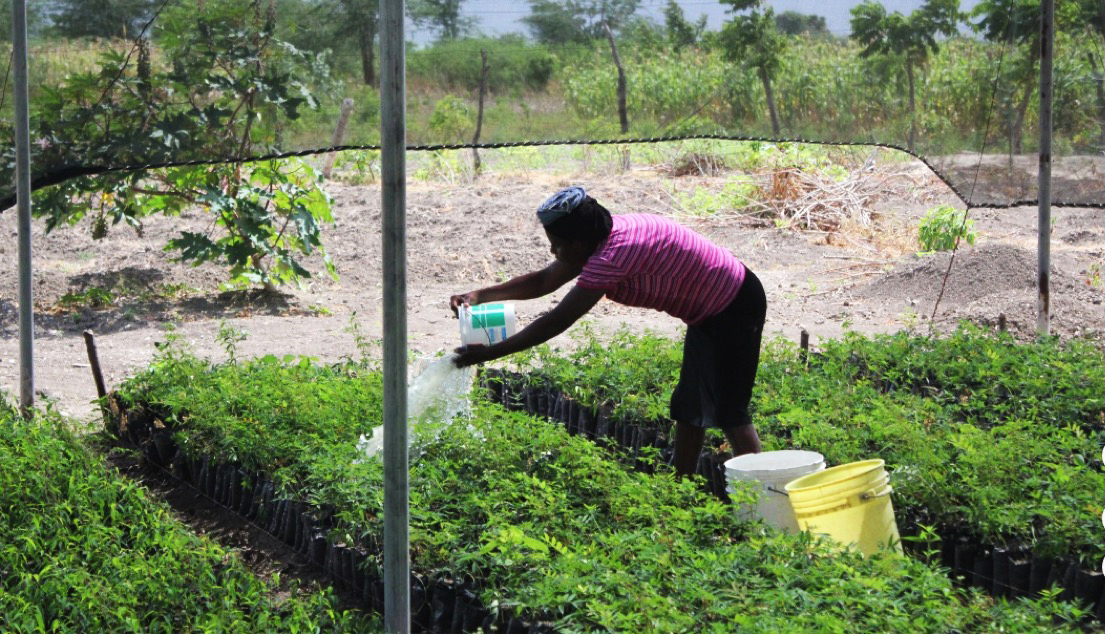
Funds from selling carbon offset units support carbon-tackling efforts around the world, such as reforestation.)
Why Carbon-neutral Energy?
By using CNE, you will not be contributing more carbon into the atmosphere and may even achieve negative carbon emission in which your offset units support highly effective projects that help remove more carbon than is generated.
The future of our climate is not just for governments and businesses to defend nor should it be delegated to some green champion; every individual needs to take up the stewardship by accounting for our carbon emissions and take steps to reduce them.
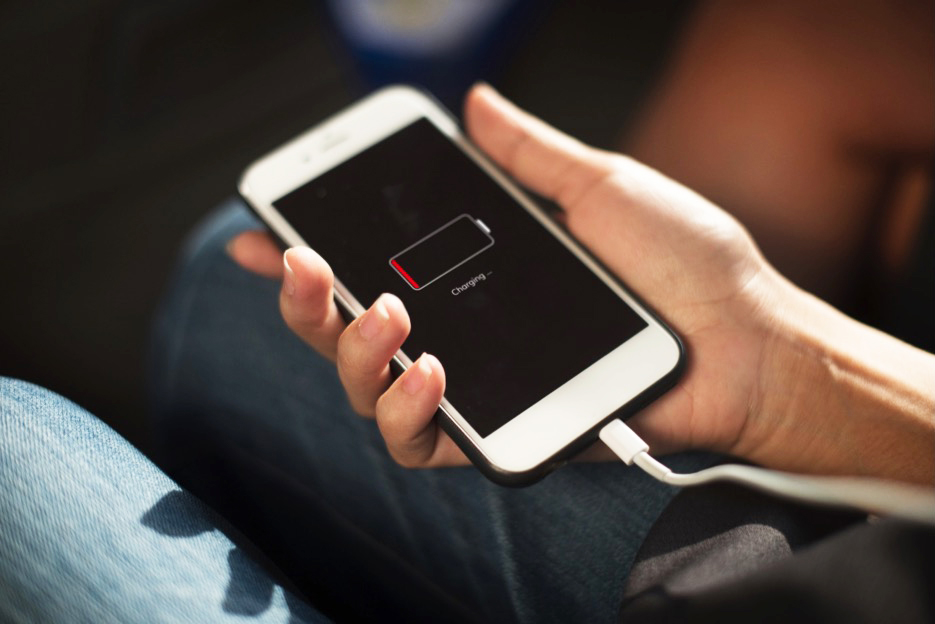
Purchasing CNE helps to power your lifestyle without adding to climate change.
While you may be recycling every single paper receipt and composting every grain of uneaten rice, it is practically impossible to achieve absolute zero carbon emission if the electricity that keeps your lights on is not neutral. Subscribing to CNE is a practical and affordable way to ensure you have all your environmental bases covered.
Start your sustainable journey with Geneco’s Get it Green plan today.
References:
- Elangovan, N. (2020, June 5) Singapore households generated additional 1,334 tonnes of plastic waste during circuit breaker: Study, Today Online.
https://www.todayonline.com/singapore/singapore-households-generated-additional-1334-tonnes-plastic-waste-during-circuit-breaker
Image Credits: Nylon Coffee Roasters
Source: The Sustainability Project
